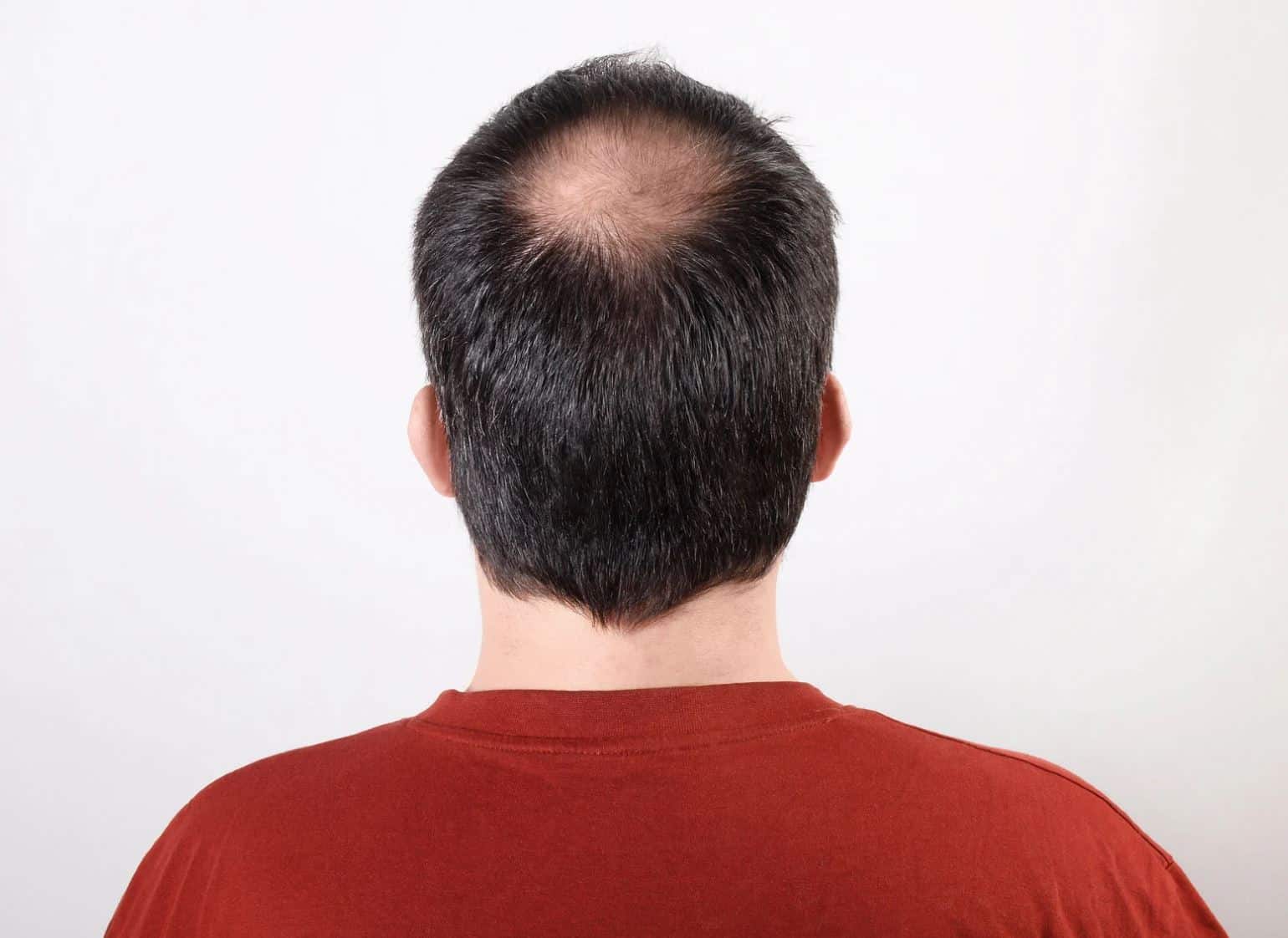If you’re dealing with hair loss, you’ve probably heard about Propecia (finasteride) as a popular treatment option. While it’s well-known for slowing hair loss, a common question remains: Can Propecia actually regrow hair? The answer depends on several factors, including how the medication works, clinical research, and individual patient profiles.
At Shapiro Medical Group, we help many patients understand what to expect from Propecia. Let’s dive into the details about hair regrowth versus prevention, what studies reveal, and who tends to see the best results.
Hair Regrowth vs. Hair Loss Prevention: What Propecia Really Does
First, it’s important to understand that Propecia’s primary role is to prevent further hair loss. It works by blocking the conversion of testosterone to DHT (dihydrotestosterone), a hormone responsible for shrinking hair follicles and causing male pattern baldness.
By lowering DHT levels, Propecia helps stop or slow the miniaturization of hair follicles, which means less hair falls out. The good news? When miniaturized follicles have a chance to recover, some patients may experience new hair growth or thicker, fuller hair in thinning areas.
That said, the amount of regrowth varies widely. For some, Propecia leads to significant visible improvement; for others, it primarily slows progression. Even when regrowth is modest, halting further thinning is still a major success.
What Do Clinical Studies Say?
Clinical research supports Propecia’s effectiveness for both slowing hair loss and encouraging regrowth. One landmark study tracked over 1,500 men with varying stages of hair loss for five years. The results were promising:
- 90% of participants either maintained or improved their hair counts
- Nearly half experienced noticeable hair regrowth
- Only 10% continued to experience hair loss despite treatment
Additional studies show most men start to see results between 3 and 6 months, with maximum benefits typically seen around 12 months of consistent use. Regrown hair also tends to be thicker and stronger, especially in the crown area.
However, it’s important to note that Propecia works best before hair follicles are permanently lost. Once a follicle is dead, the medication cannot revive it.
Who Benefits Most From Propecia?
Not everyone responds to Propecia the same way. Certain groups tend to see better regrowth and overall results:
- Younger men—those in their 20s or early 30s—generally respond better since their hair follicles are still more active.
- Men with early to moderate hair thinning benefit the most, as the medication can stop miniaturization before follicles are completely lost.
- Those who use Propecia consistently and as prescribed usually experience the best outcomes.
- Combining Propecia with other treatments—like minoxidil, platelet-rich plasma (PRP), or laser therapy—can boost regrowth and improve hair quality.
At Shapiro Medical Group, we offer personalized treatment plans that integrate these therapies. Learn more about our approach.
Setting Realistic Expectations
If you decide to start Propecia, it’s important to have realistic expectations. While some men see dramatic regrowth, most will notice:
- Slowed hair loss or halted thinning
- Thicker, fuller hair in areas of thinning
- Visible regrowth, especially at the crown or mid-scalp
- Improved hair texture and strength
Results typically begin between 3 and 6 months, with more noticeable changes around 12 months. Hair regrowth is a gradual process influenced by natural hair cycles, so patience is essential.
If you stop taking Propecia, most benefits will fade within several months. Long-term use is key to maintaining results.
So, can Propecia actually regrow hair?
The answer is yes—but it depends on when you start, how consistently you use it, and your individual response. While its main role is to prevent further loss, many men do experience meaningful regrowth—particularly when treatment begins early.
At Shapiro Medical Group, we focus on personalized care that addresses each patient’s unique needs. Whether you’re interested in Propecia alone or as part of a comprehensive treatment plan, we’re here to support your journey to healthier hair.
For more information on Propecia and other effective hair restoration options, visit our Medical Therapy page.



